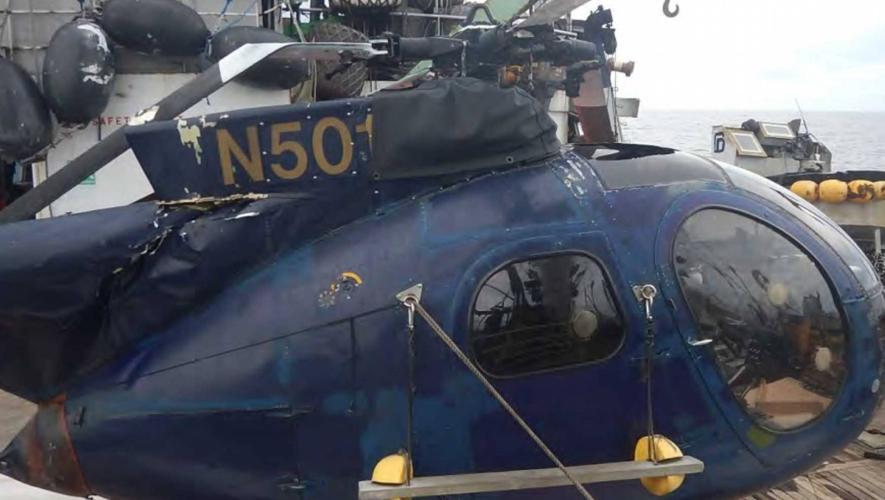An international technical consortium has completed trials on a new head-up display (HUD) that allows helicopter pilots to view the display through night-vision goggles (NVGs) and allows “virtually unlimited” head movement.
The Flight Research Laboratory of Canada’s National Research Council (NRC), along with the UK’s QinetiQ research laboratories and private contractor Virtalis, has developed a way of displaying on NVGs accurate, stabilized symbology that facilitates safe pilotage in poor visibility and at night.
David Thorndycraft, senior military display specialist at QinetiQ, explained, “Since we were, in effect, juxtaposing 3-D virtual objects with a real-world view, [establishing] the exact position of the pilot’s head was vital.”
The team has developed a set of NVGs that provides the pilot with basic information such as how fast, how high and in what direction the aircraft is flying. Initially, the researchers used a mechanical tracker to follow the pilot’s head movements, but it was heavy and cumbersome. An alternative was a magnetic-type tracker, which is impractical in metallic environments such as aircraft cockpits.
Virtalis supplied and integrated a non-magnetic optical tracker (developed by Ascension of Burlington, Vt.) known as LaserBird, which the team sees as a possible solution. Situated just behind the pilot’s head, the new system worked immediately, giving the pilot six degrees of freedom of movement and enabling real-time updating of the imagery as the pilot moved.
Thorndycraft added, “During four weeks of trials, system performance and reliability were excellent, considering the high levels of vibration encountered in the cockpit. Installed yaw-axis coverage was limited to about plus or minus 70 degrees, owing to the cockpit layout, although this was not considered to be a major problem. QinetiQ and NRC can display accurate world-stabilized symbology to the pilot without having to restrict his natural head movements.”
The QinetiQ and NRC team will spend the next two years working on stabilizing the symbology and expanding the range of information available. Thorndycraft believes that the team has accomplished something new with the HUD. “The tracker lies at the heart of the accuracy of the system. Our system will be easy to build into new helicopters, and retrofitting shouldn’t present any difficulty, either.”







